Description of pepper varieties Latino, Ekaterina and Kupets, their characteristics and yield
From year to year, the summer resident selects his own list of varieties that must be grown. Pepper Merchant pleases with its own yield and ability to bear fruit regardless of weather conditions. In addition to this species, there are also peppers Ekaterina and Latino, which are also tall.
Content
- 1 Criteria for the Kupets variety
- 2 Growing pepper
- 3 Caring for the variety
- 4 Application and yield
- 5 Opinions of summer residents regarding the Kupets pepper variety
- 6 Latino cultivar criteria
- 7 The virtues of pepper
- 8 Growing features
- 9 The opinion of summer residents regarding the Latino hybrid
- 10 Criteria for the variety Ekaterina
- 11 Growing
- 12 Harvest volume and application. Hybrid immunity
- 13 The opinion of summer residents regarding the Ekaterina hybrid
Criteria for the Kupets variety
Whatever the characteristics of the variety, it will suit gardeners in all respects. There are some types of culture that have no downsides and are suitable for everyone. The merchant belongs to this category.
Plant:
- Stamp.
- Height 85 cm.
- Ripening period: 110-115 days.
Fetus:
- Shape: pyramidal.
- Weight: 100 g.
- Wall thickness: 8 mm.
- Number of sockets: 2-3 pcs.
- Color: red.
- Pulp: aromatic and juicy.
The final choice always rests with the grower, who chooses the more suitable variety for the family's needs.
Growing pepper
Pepper requires a lot of attention and care. It is grown mainly in seedlings. Seeds are sown at different periods, the period depends on the day of planting in a permanent place. Sowing begins at the end of February and ends at the beginning of May.
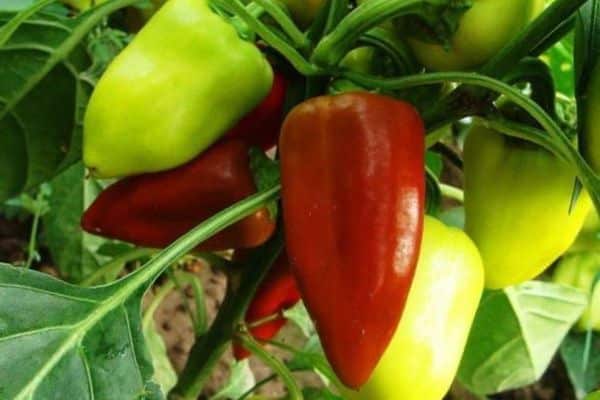
Plant roots are very delicate; with minor injury, the entire plant can wither. Therefore, summer residents grow them in separate containers, or peat pots. The latter, in turn, when transplanted into the ground, are an excellent root fertilizer.
After sowing, it is recommended to cover the containers with polyethylene or glass. Open immediately after germination.
When 2 true leaves appear, pinch the sprouts, removing the growth point that is above them. This helps the pepper to form side shoots and stop growing upward.

When transplanting to a permanent place, it is recommended to have 4 plants per 1m2... Start hardening the peppers 10 days in advance to prepare them for the harsh outdoor growing conditions.
Caring for the variety
One of the main advantages of the Merchant pepper is its unpretentiousness. Therefore, you will not have to take special care of him:
- The moisture content of the soil should be monitored, the plants should not dry out or be flooded with water uncontrollably.
- Remove weeds and periodically loosen the soil. Oxygen access to the roots is essential for proper growth.
- Top dressing. There is no need to be zealous in this regard. You need to fertilize the plants after transplanting and during the appearance of fruits. Top dressing before the formation of ovaries will lead to the formation of green mass, there will be no flowers and fruits.
- If the pepper blooms within 10 days after transplanting, you need to remove the inflorescences. Plants have not yet rooted, they will be sore and give a poor harvest.
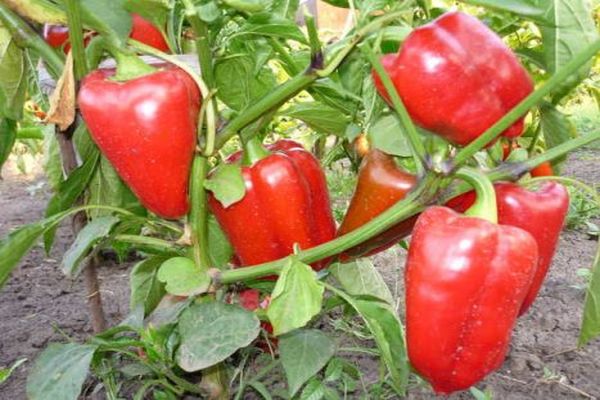
Application and yield
The versatility of the Merchant pepper fruit is reflected in the numerous reviews of summer residents. The vegetable is suitable for canning, freezing, fresh consumption.
The yield of the variety, according to the manufacturer, is 3 kg from 1 m2... But with proper care and all the requirements of agricultural technology, 5.5 kg are collected from 1 m2.
Pros and cons of pepper Merchant
The presence of advantages in the description allows the variety to quickly gain popularity. Positive properties:
- Stable harvest.
- Unpretentiousness.
- Resistant to frost.
- The ability to set fruits in adverse weather conditions and temperature changes.
- Versatility of application.
- High commercial quality of fruits.
No cons identified.
Opinions of summer residents regarding the Kupets pepper variety
Positive feedback from gardeners works better than any advertising. A novice vegetable grower receives a lot of useful information and specific recommendations.
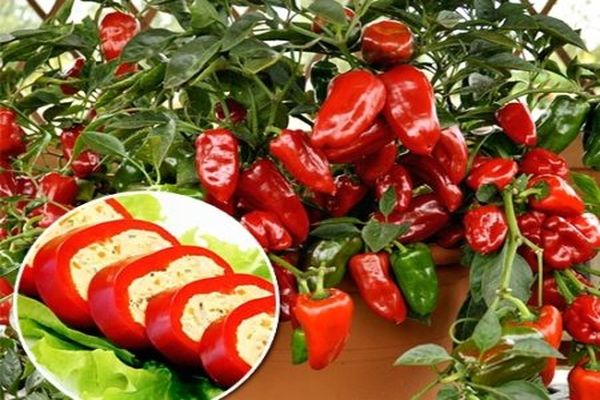
Nikolay: “I grow“ merchant ”peppers every year. Outwardly beautiful fruits do not require care. But the main advantage is the taste. There is an opportunity to collect seeds yourself. But it is better to periodically renew the variety, as over the years it loses its characteristics. "
Natalia: “I got to know the variety in the seedling stage. Since I am a beginner in the garden business. Unpretentious, grew up in the country, looked after once a week, there was no opportunity to come more often. The beds were mulched in order to retain moisture. Next year I will grow it myself, using seedlings. "
Latino cultivar criteria
Another type of tall pepper. The summer resident will appreciate his dignity in full only after he grows up on his site.

Description of the plant:
- Height: 1 m.
- Ripening period: 100-110 days
Peppers:
- Shape: cuboid.
- Color: red.
- Wall thickness: 8-10 mm.
- Fruit weight: 180-200 g.
- Taste: rich and aromatic.
- Stored for a long time.
Thus, Latino peppers are suitable in many ways. Especially for those summer residents who cannot devote much time to caring for the crop.
The virtues of pepper
The vegetable grower evaluates the pros, according to the reviews of those who grew it on their plots. Quite often, a large number of disadvantages lead to the fact that the variety becomes unpopular.
Positive characteristics:
- Productivity.
- Great taste.
- Unpretentiousness.
- Versatility of use.
- Resistance to TMV.
- Independence from weather changes.
Negative characteristics:
- The seeds of the hybrid do not retain the maternal genes.
Some positive properties will seem to the summer resident, on the contrary, the minuses of the variety, so everyone evaluates from their experience and preferences.
Growing features
Nothing special Latino in planting and care is no different from other hybrids. The main agricultural techniques are watering, feeding, loosening. 1 m2 4 plants are planted.
It is formed into 2 stems and tied to supports.
Hybrid immunity. The use of vegetables. Productivity.
Latino pepper is resistant to tobacco mosaic virus. Preventive treatments are required against insect pests and other diseases.
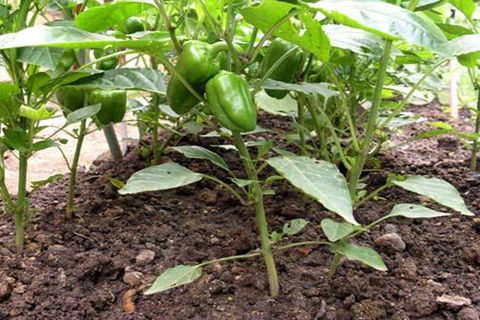
Vegetables are universal in use, they are eaten fresh, canned and frozen.
From 1m2 collect 14 kg of pepper.
The opinion of summer residents regarding the Latino hybrid
Reviews of vegetable growers help a novice gardener to prevent those mistakes that are most common when growing a crop.
Nina: "The fruits are large, the walls are thick, tasty and juicy pepper."
Lena: “I was growing a Latin miracle on my site. I liked the pepper, as in the store, tasty, large and thick-walled. "
Criteria for the variety Ekaterina
After reading the description of the variety, summer residents know for sure whether the species is suitable for the needs of a particular family or not.
Plant:
- Indeterminate.
- Height: 70-80 cm.
- One bush has 18-20 peppers.
- Ripens within 110-112 days.
Pepper:
- Shape: cylindrical.
- Color: red.
- Weight: 110-170 g.
- Length: 15 cm.
- Diameter: 6.5-7.5 cm.
- Wall thickness: 6-7 mm.
- It is stored for a long time, keeping its presentation.
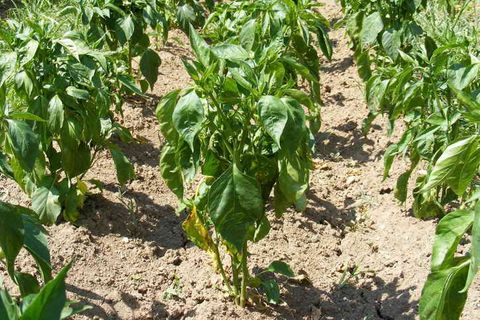
The tall variety of pepper Catherine is universal in use and resistant to diseases, so those summer residents who grew it will not exchange it for any other.
Growing
It is recommended to tie it to trellises, as the plants break due to the abundance of fruits on the bushes. Forming at the same time into 2 stems. They use the seedling growing method, so the period before fruiting is significantly reduced. 1 m2 3-4 plants are planted. Otherwise, the care is the same as for other varieties of culture.
Harvest volume and application. Hybrid immunity
Subject to all agrotechnical techniques from 1 m2 get 6-7 kg of fruit. Used for any purpose, canning, freezing or fresh salads.

Catherine pepper is not susceptible to the tobacco mosaic virus. The rest of the diseases are fought by applying timely preventive measures.
The opinion of summer residents regarding the Ekaterina hybrid
The decisive criterion in making a decision of a vegetable grower is the presence of a large number of positive reviews.
Yuri: “It was a bad spring, a cold summer, but the pepper still gave an excellent harvest. I liked the big, fleshy, large fruits of the hybrid. "
Tatiana: “Very good pepper. The yield is beyond praise. The only negative is that it does not go for stuffing, but the entire crop was used for making salads. I will definitely grow more. "
Pepper lovers will be pleasantly surprised by the unpretentiousness of these tall varieties of culture.
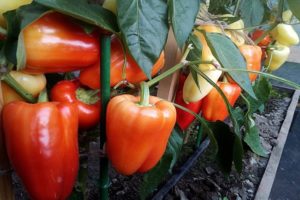
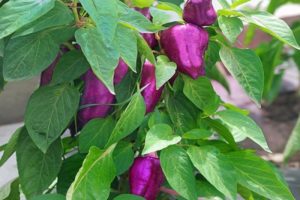
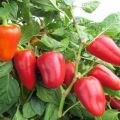
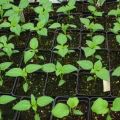




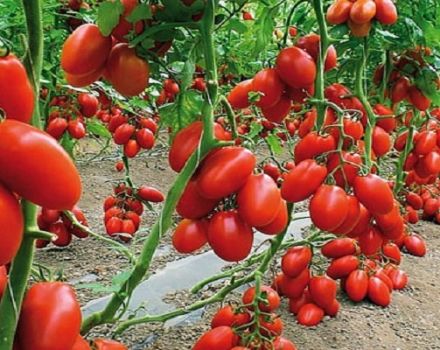
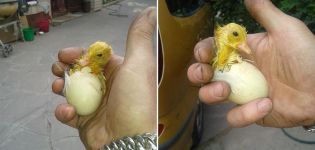
My little horticultural experience so far began with the cultivation of some Kupets tomatoes and peppers. A neighbor at the dacha suggested that he needed a little "spur" with a growth activator BioGrow, I obeyed. What to say? The pepper came out surprisingly - large, without black dots. Marinated a lot for the winter and stuffed it with meat all winter.